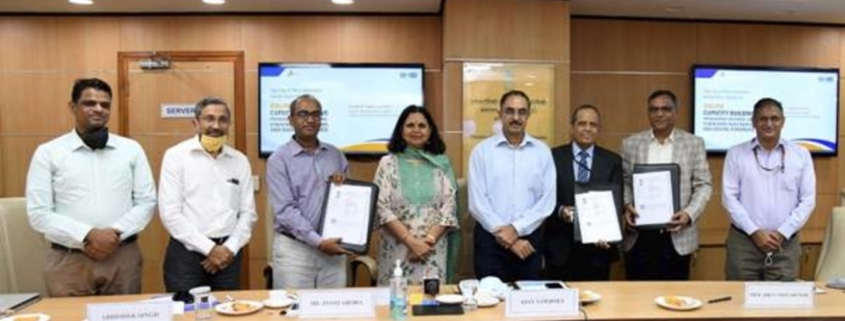Rock Art Detection with an ML Model – OpenGov Asia
With the rapid advancement of global technology development, the Hong Kong Applied Science and Technology Research Institute (ASTRI) is engaging more enterprises in the cooperation and common development of “industry, academia and research”, ASTRI has, thus, launched the “IPs and Service Offerings for Technology Start-ups and SMEs”, selected 20 innovative technological companies from varying categories of entry services, including 8 hardware, 6 software and 6 consulting service companies, with the entry price of HK$50,000 to HK$150,000.
ASTRI focuses on transferring technology to the industry, transforming it into commodities, developing high-quality and affordable patents, information and communication technologies, and creating important and far-reaching influence. In cooperation with research institutions, enterprises and academia, ASTRI researches important technologies that the industry pays attention to, and assists enterprises to enhance their competitiveness.
The relevant scientific research projects selected have a wide range of content, mainly to solve company evaluation, technology and network security issues, writing, electronic technology and electricity issues and more. Private institutions in Hong Kong can contact relevant professionals and engineers at ASTRI for assistance and enquiries.
Hong Kong’s scientific research has undergone many years of development. However, many start-ups, and even small and medium-sized enterprises that have been rooted in Hong Kong for many years striving to improve the field of technology, have been paying high fees for the solutions to technical problems.
Until now, no platform provided cost-effective solutions for them, and their business needs were not understood. Thus, the support provided via the “IPs and Service Offerings for Technology Start-ups and SMEs” caters to the needs of enterprises and is expected to help the industry to solve their difficulties.
Since its establishment 22 years ago, ASTRI has provided different innovative technology software, hardware or technical support to various government departments, public organizations and many private enterprises in Hong Kong, contributing to the smooth…



